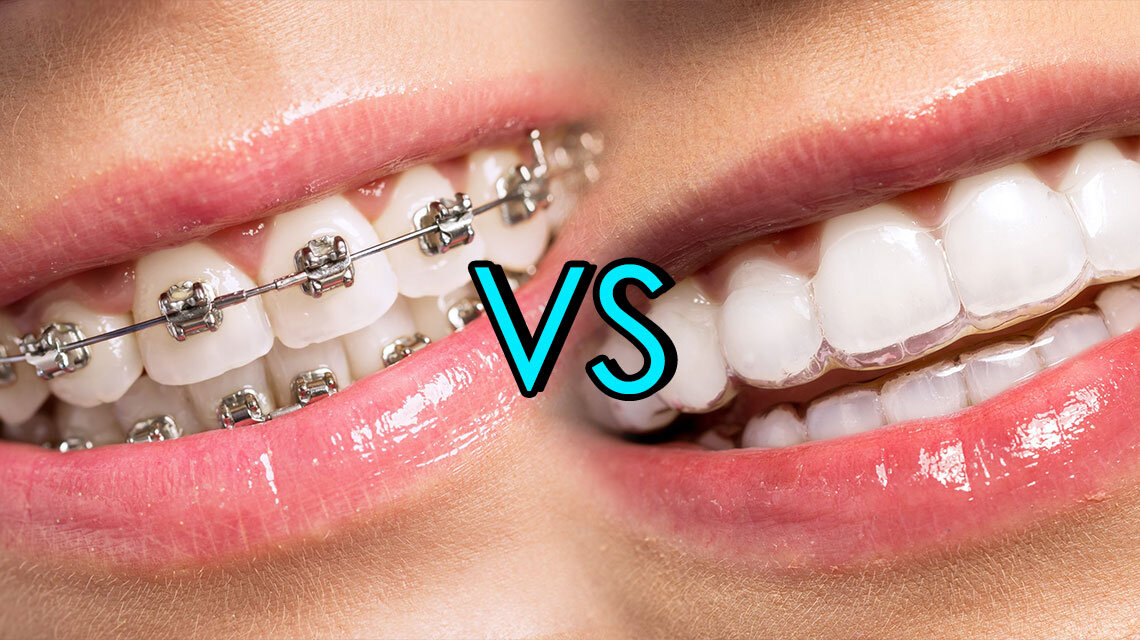Discover Effective Dental Procedures for a More Vibrant Smile - Find Out Concerning Oral Bonding
From fixing broke or tarnished teeth to closing spaces and reshaping enamel, oral bonding uses a versatile remedy. By exploring the subtleties of dental bonding, one can obtain insights right into how this therapy compares with other options, giving a detailed view of the possibilities for achieving a brighter smile.
Advantages of Dental Bonding
Oral bonding offers a minimally invasive and affordable option for enhancing the look of teeth. Unlike various other cosmetic dental treatments, such as veneers or crowns, bonding typically needs very little to no elimination of the all-natural tooth enamel, making it a conventional option for smile improvement.

Treatment Overview
Commencing with an examination of the process included in oral bonding, we delve right into the thorough summary of this aesthetic dental treatment. Oral bonding is a minimally intrusive strategy used to improve the look of teeth by applying a tooth-colored resin material to the surface area. The treatment begins with the dentist picking a material color that matches the all-natural shade of the client's teeth.
Next, the tooth surface is roughened, and a conditioning liquid is applied to assist the bonding material adhere appropriately. The resin is after that molded and shaped to the preferred form before being set utilizing a special light. Once the material has set, the dental professional will better cut and brighten it to mix seamlessly with the surrounding teeth.
Oral bonding is generally used to repair broken or fractured teeth, close gaps in between teeth, improve teeth, and cover spots. It is a fast and affordable method to boost the looks of a smile, commonly finished in a solitary visit to the dental professional's workplace.
Prospects for Dental Bonding
When identifying eligibility for dental bonding, a thorough examination of the person's oral health and aesthetic objectives is carried out. Dental bonding is a functional cosmetic dental care procedure suitable for people with minor imperfections such as chipped, fractured, blemished, or twisted teeth. Candidates for oral bonding must have overall excellent dental health and wellness, free of gum condition or tooth degeneration, as these problems may influence the bonding's durability and effectiveness.
Suitable prospects for oral bonding are individuals aiming to improve the look of their smiles without substantial dental job. Dental bonding is a conservative therapy choice that can address visual concerns without the requirement for more intrusive treatments. It is likewise a prominent choice for those seeking fast results, as bonding can usually be completed in a solitary visit to the dental practitioner's office.
Throughout a consultation with a dental specialist, the client's certain concerns and preferred end results will this contact form be examined to establish if dental bonding is the most appropriate therapy option - emergency dentist mississauga. By understanding the requirements for candidateship, people can make informed decisions concerning boosting their smiles through dental bonding
Aftercare Tips
Upon finishing an oral bonding treatment, keeping proper aftercare is vital to make certain the longevity and efficiency of the treatment. After the bonding procedure, it is critical to stay clear of consuming hard foods or biting on objects that might potentially harm the bonded area. Additionally, avoiding routines like nail-biting or eating on pens can assist stop early Check This Out damage on the bonded material.
Regular oral hygiene practices, including cleaning with a soft-bristled tooth brush and non-abrasive tooth paste, are essential to avoid and protect the bond staining - sleep dentistry mississauga. It is suggested to floss daily to remove any food fragments that might build up around the bound area, reducing the threat check my reference of degeneration
Regular dental check-ups every 6 months are important to check the condition of the bonding and deal with any concerns without delay. Throughout these check outs, your dental professional can assess the bond's honesty, make any kind of essential repair services, and supply assistance on maintaining optimum oral wellness to extend the lifespan of the oral bonding.
Comparison With Various Other Therapies
In reviewing oral bonding as a therapy alternative, it is crucial to consider its benefits and constraints in contrast to alternate procedures. One typical choice to dental bonding is veneers.
One more popular option is oral crowns. Crowns are caps that cover the whole tooth and are usually utilized for much more extensive damage or to boost the appearance of a twisted tooth. Unlike bonding, crowns are a lot more long lasting and can endure greater biting pressures. The process of obtaining a crown includes eliminating more of the all-natural tooth structure, making it an irreparable treatment.
Eventually, the selection between oral bonding, veneers, or crowns depends upon the individual's certain needs, spending plan, and preferred outcome. Consulting with an oral professional can assist determine one of the most suitable therapy alternative for accomplishing a brighter and extra confident smile.
Conclusion
In conclusion, dental bonding is an efficient procedure for boosting the look of teeth by dealing with imperfections such as discoloration, spaces, and chips (emergency dentist mississauga). Oral bonding supplies a economical and hassle-free service compared to other much more intrusive oral treatments.
Furthermore, oral bonding is a versatile therapy that can address a variety of visual problems, consisting of shutting voids in between teeth, improving misaligned teeth, or making teeth show up longer.Beginning with an evaluation of the process involved in dental bonding, we dive right into the detailed review of this aesthetic dental procedure. Candidates for oral bonding need to have general great oral health, cost-free of gum tissue disease or tooth degeneration, as these problems may affect the bonding's long life and performance.
